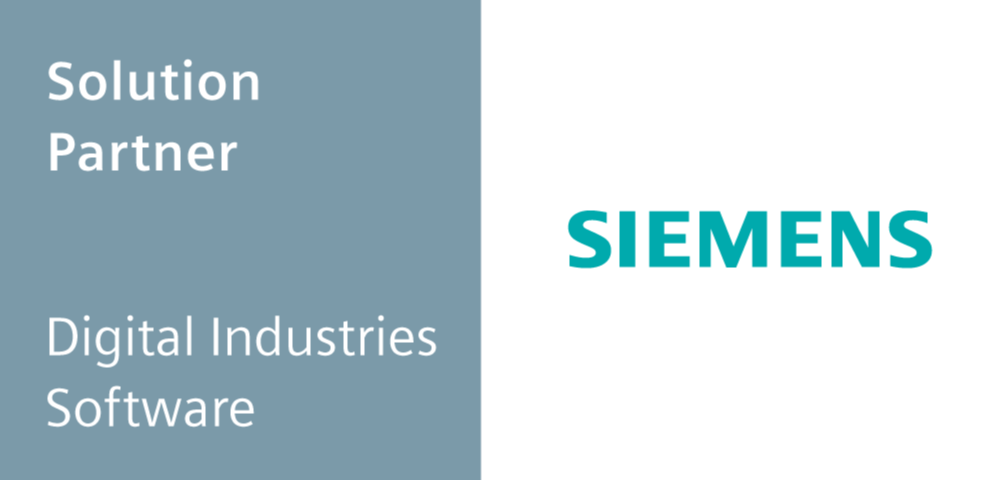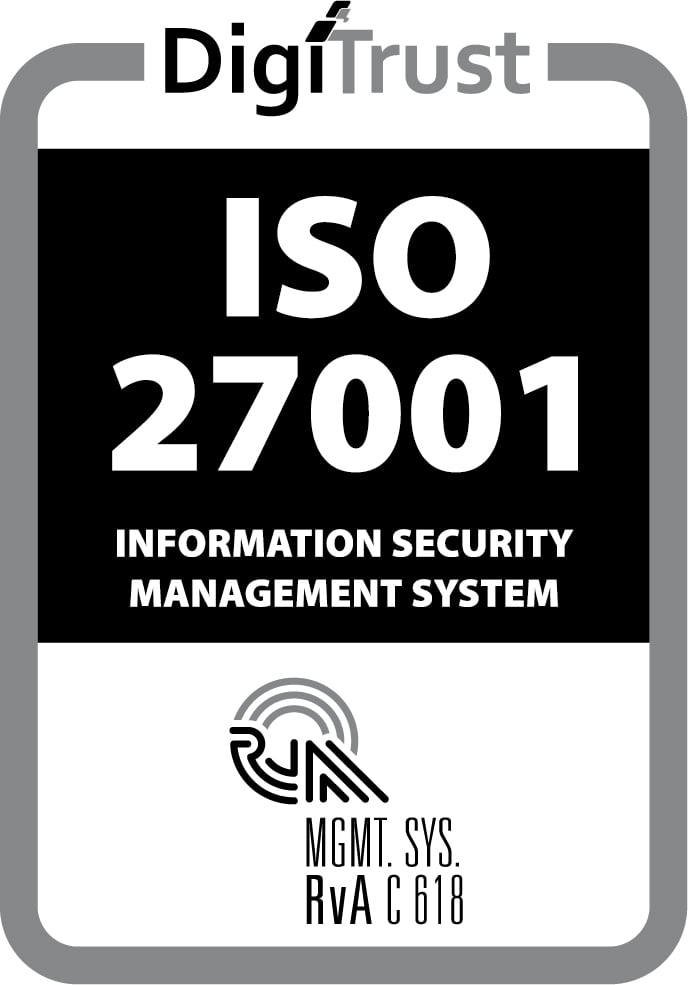AI can have the same impact on business that bottled oxygen had on mountain climbing – but mind the gaps and be quick to react.
CLEVR Chief Technology Officer Camilo Gaviria loves to go mountain climbing. Perhaps it’s the perspective the summit affords. It’s like you can see forever from up there. Climbers often talk of the insight gained while scaling rock. There are benefits for mind, body, and soul. But, as with any such activity, there are risks. As a result, climbers pay particular attention to using the right tools and equipment. They rely on skills and expertise to mitigate risks and reach their goal – the summit. The price for not having the right tools, equipment, skills, and expertise can be high.
The same holds true for technology and business today. It’s vital that companies use the right tools and expertise to advance business goals and mitigate risks. The transformative power of low-code can benefit greatly from the leaps in machine learning (ML) and artificial intelligence (AI), particularly generative AI. But this requires leaning on expertise, tools, systems, and protocols to avoid falls. Standard product lifecycle management (PLM) software like NX CAD, and marine CFD systems like Star CCM+, have long benefited from generative AI in a very narrow application of that tech. We asked Camilo to give us some insight into what happens next and what companies should be doing.
Don’t fall asleep at the wheel
ChatGPT has grabbed the public imagination because it is fun and easy to use. The uncanny ability to mimic human interaction is achieved through reinforced learning, a smart algorithm, and training on a huge corpus of data. Based on user prompts, the ChatGPT can generate content as well as it can generate code. This is to say, about as well as nascent ‘autopilot’ systems in today’s cars can drive without human supervision. So, don’t fall asleep at the wheel just yet.
“Generative AI is going to permeate the high code space,” says Gaviria. “In the low-code space, the question is how do you take advantage of the lag (in widespread adoption and impact) to get your processes and governance in place to (leverage AI) properly?”
Get your company ready to maximize upside, mitigate risks
“The advantage of generative AI in low-code is equivalent to the portable oxygen bottle for climbers,” says Gaviria. “The Everest stats without an oxygen bottle were daunting. After the adoption of the portable oxygen bottle, the numbers skyrocketed to the point that today you must make reservations (to summit Everest).” For building a better business app, tech such as generative AI is always welcome. It’s going to make everyday tasks, like email, a whole lot easier.
Gaviria notes that the world of possibilities opened by generative AI will mean real disruption. “This is not a change in technique. It is a disruption, yes. And ‘you snooze you lose’. You cannot wait to see how this pans out. Companies need to act today.”

Here are some key points on AI that companies need to be aware of:
-
Firstly, AI is here to stay. Embrace that fact. Risk Number 1 is ignoring it or underplaying it. Do not underestimate the likely impact.
-
Risk Number 2 is not understanding it. “Get proper knowledge in place,” advises Gaviria. “Get the right knowledge, get it externally and internally. Get someone to guide your organisation.”
-
Gain an operational perspective. “There needs to be awareness in the organisation, you need to teach employees what it is and what it will impact. Additionally, you need to educate employees about what your ‘good use’ policy will be. You have to assume it will be used… by every single smart device out there. ChatGPT by now is more pervasive than many other apps. So, let’s mitigate the risks. Start by inventorying instances where ChatGPT is being used, has been used, and could potentially be used. Alongside defining a ‘good use’ policy, companies may need to prohibit and restrict its use for certain activities.”
-
Identify where and how it can impact your business. “If you are a software company that is building a tool that generates text messages based on a small text prompt you will be negatively impacted. However, if you are producing soy concentrate and need an app to track inventory, you are going to be fine for a while. Don’t worry about (a negative impact from) ChatGPT – worry about your drivers and trucks.”
-
Companies must define a long-term strategy for the use and development of AI tech. “This needs to be part of how you run your business. It’s going to permeate accounting, engineering, it’s going to permeate everything,” says Gaviria.
You need a harness
To get back to the climbing metaphor, you need a good harness. “Without a harness, you fall, you drop. Without a harness, you can’t lift a friend… it’s the central piece of equipment.” Mendix low-code developers are familiar with a harness, it’s where you plug in all sorts of additional tools.
Mendix, as a private platform, is a harness too. “If you develop in Mendix you have this immediate layer of protection. You have a good harness, we believe Mendix will mitigate some of the risks in adopting some of these (AI) platforms but there’s still some risk,” says Gaviria. So, how do companies account for this additional risk? By doing the following:
-
Do a proper IT inventory and ensure that you define entry points that are powered by these technologies.
-
Make sure that AI use is in a flexible set-up, so you can quickly dismount in the case of new regulations. While regulation always lags behind innovation, regulation will come.
-
Be aware that this tech could expose your company to ethical and technical risks (be aware that data sets used to train AI could result in biased outcomes that could lead to reputational damage and legal jeopardy).
The European Union is set to agree on draft AI rules in 2023. The ISO is in the process of approving new standards for AI quality. Keep in mind that AI regulations will vary. “The responsible step is to take a look at what applies to your company,” says Gaviria.

Embed security in your training
In climbing, security is the priority. Climbers are taught to constantly check their technique, breathing and pulse, and to balance their weight on the least intuitive body part. “Security is embedded in climbing practice: how to do knots, how to deal with accidents. For me that’s the same with tech solutions, security is something you embed in your development system and development flow. This is exactly what we do with CLEVR Developer Suite (CDS).” The industry-leading CDS provides tools like the Application Code Reviewer, Application Performance Diagnostics, and Application Test Suite to empower companies around the world to build high-quality apps on the Mendix platform. As with climbing, using the right set of tools and training is vital. Knowing not just what to look at, but where to look. “CDS offers training, monitoring, and excellence. With high standards and quality, you get a more fluent and sustainable app.”
Look for a trusted partner
Gaviria’s final bit of advice to companies, and public entities, is to look for a trusted partner with deep technical knowledge combined with relevant sectoral expertise and experience. “CLEVR’s position as a guide to our customers means leaning on extensive knowledge of the Mendix platform, leveraging our PLM and low-code integration capabilities, and security credentials. A key focus for us is to use proven, modern and updated deployment methodologies tied to strong governance of projects and collaboration with customers,” says Gaviria.
Using a value lens to link software projects to business goals means finding clever ways to maximize the benefits of generative AI. “What awaits is the summit – a sustainable and self-standing application ecosystem. This is a way of reaching it with ease,” concludes Gaviria.
LEARN MORE: If you want to discover how to transform your digital landscape get in touch and you can access experts like Camilo.




